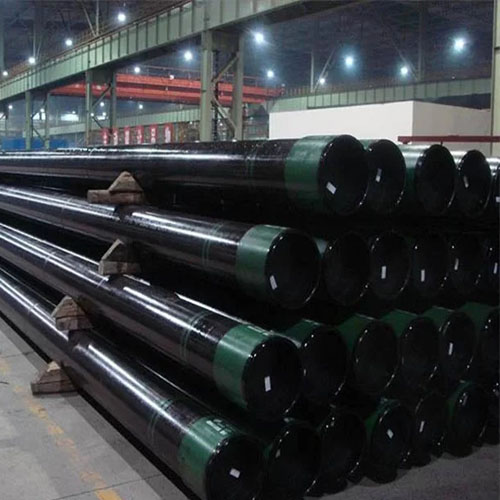Table of Contents
الفرق بين أنابيب الفولاذ المقاوم للصدأ المدرفلة على الساخن والمدلفن على البارد
عندما يتعلق الأمر بمقاومة التآكل، فإن الأنابيب المصنوعة من الفولاذ المقاوم للصدأ المدرفلة على الساخن والمدلفن على البارد توفر حماية ممتازة ضد الصدأ والتآكل. ومع ذلك، فإن التشطيب السطحي للأنابيب المدرفلة على البارد قد يوفر مقاومة أفضل قليلاً للتآكل، حيث إنه خالي من طبقة الأكسيد والمقياس الموجودة على الأنابيب المدرفلة على الساخن.
من حيث التكلفة، تكون الأنابيب الفولاذية المقاومة للصدأ المدرفلة على الساخن أقل تكلفة عمومًا يتم إنتاجها بسبب انخفاض تكاليف التصنيع المرتبطة بعملية الدرفلة على الساخن. من ناحية أخرى، يعد إنتاج الأنابيب المدرفلة على البارد أكثر تكلفة ولكنها توفر جودة أعلى وتفاوتات أكثر صرامة، مما يجعلها مناسبة للتطبيقات التي تتطلب الدقة والتشطيب السطحي. خصائصها ومزاياها الفريدة. يعتمد الاختيار بين الاثنين على المتطلبات المحددة لتطبيقك، مثل تشطيب السطح، والخواص الميكانيكية، والتكلفة. إن فهم الفرق بين أنابيب الفولاذ المقاوم للصدأ المدرفلة على الساخن والمدلفن على البارد يمكن أن يساعدك على اتخاذ قرار مستنير والتأكد من اختيار الأنبوب المناسب لاحتياجاتك.

One of the key differences between hot rolled and cold rolled Stainless Steel Pipes is the mechanical properties. Hot rolled pipes tend to have a lower yield strength and higher ductility, making them more suitable for bending, forming, and welding. Cold rolled pipes, on the other hand, have a higher yield strength and lower ductility, making them more suitable for applications that require high strength and stiffness, such as in structural and architectural designs.
In terms of surface finish, hot rolled stainless Steel Pipes have a scale or Oxide layer on the surface, which can be removed through pickling or sandblasting. Cold rolled pipes, on the other hand, have a smoother and more uniform surface finish, making them more aesthetically pleasing and easier to clean.
When it comes to corrosion resistance, both hot rolled and cold rolled stainless steel pipes offer excellent protection against rust and corrosion. However, the surface finish of cold rolled pipes may provide slightly better resistance to corrosion, as it is free from the scale and oxide layer present on hot rolled pipes.
In terms of cost, hot rolled stainless steel pipes are generally less expensive to produce due to the lower manufacturing costs associated with the hot rolling process. Cold rolled pipes, on the other hand, are more expensive to produce but offer higher quality and tighter tolerances, making them suitable for applications where precision and surface finish are critical.
In conclusion, both hot rolled and cold rolled stainless steel pipes have their own unique characteristics and advantages. The choice between the two depends on the specific requirements of your application, such as surface finish, mechanical properties, and cost. Understanding the difference between hot rolled and cold rolled stainless steel pipes can help you make an informed decision and ensure that you choose the right pipe for your needs.
